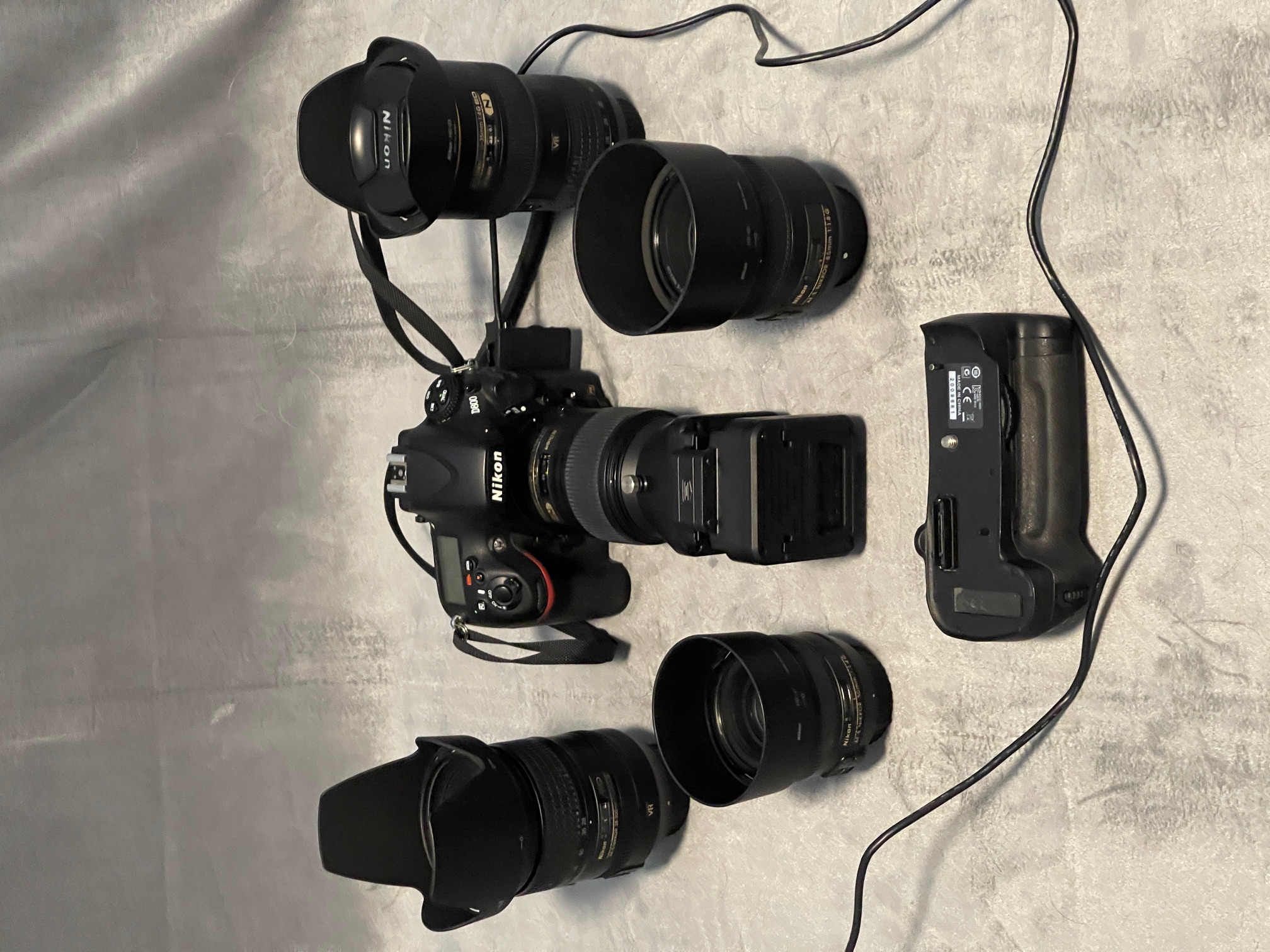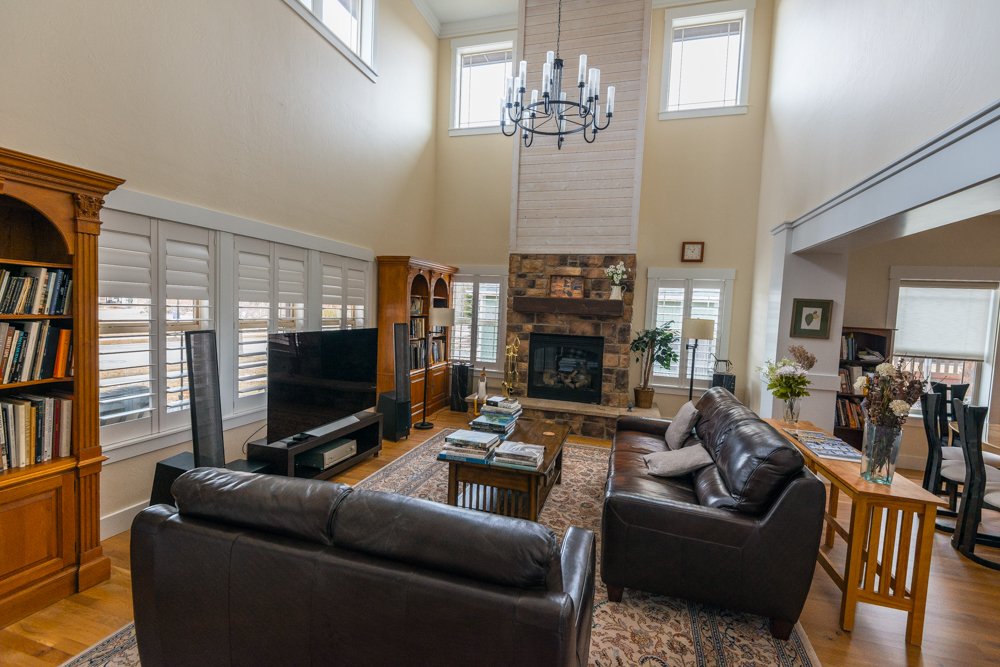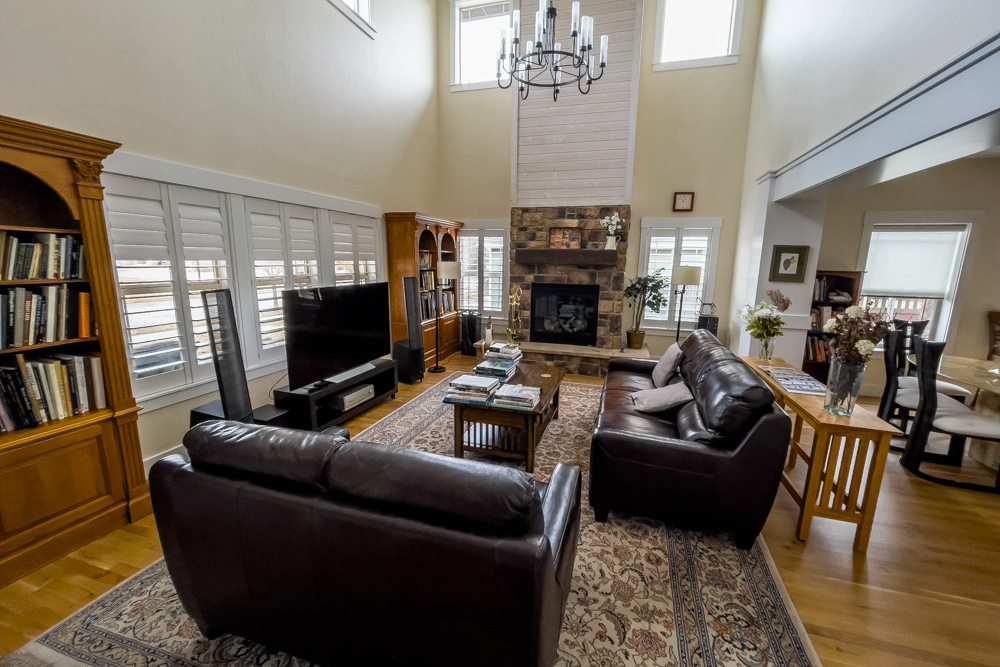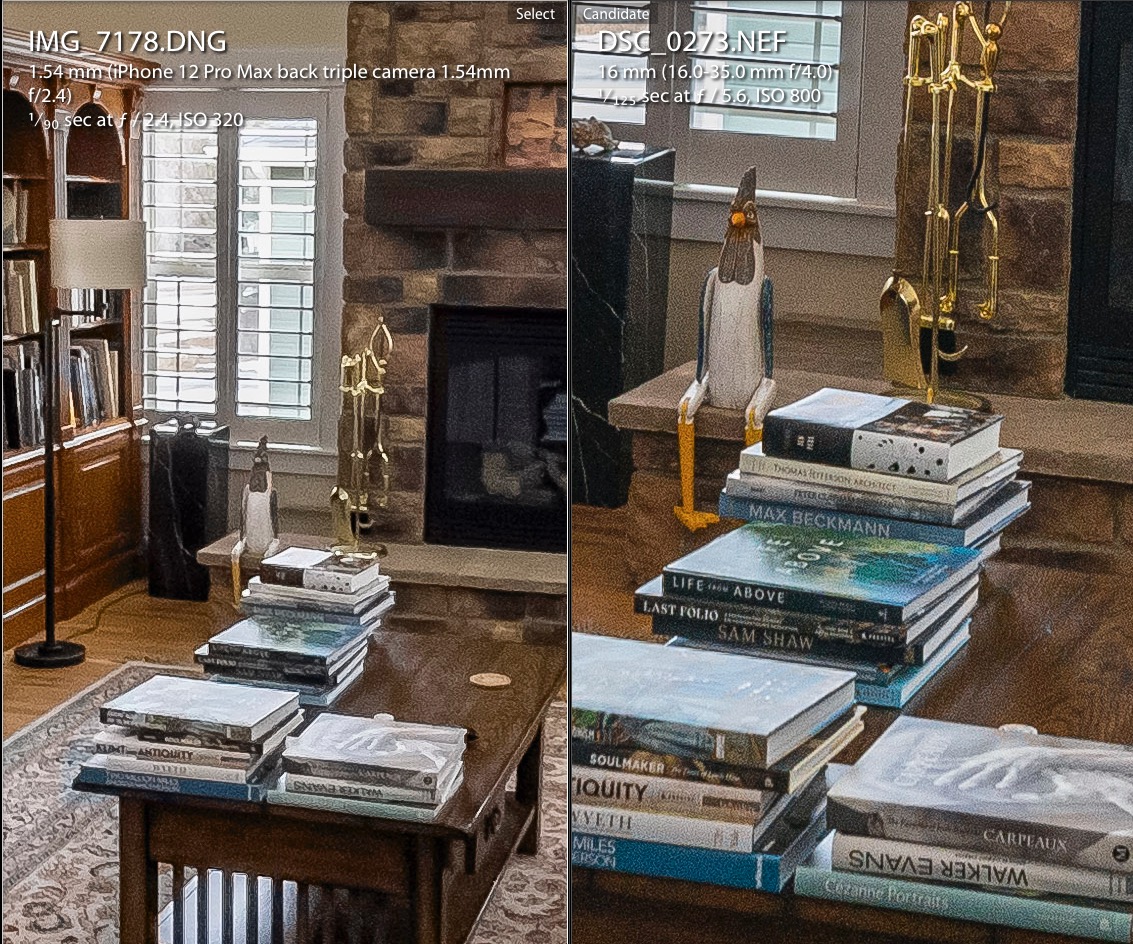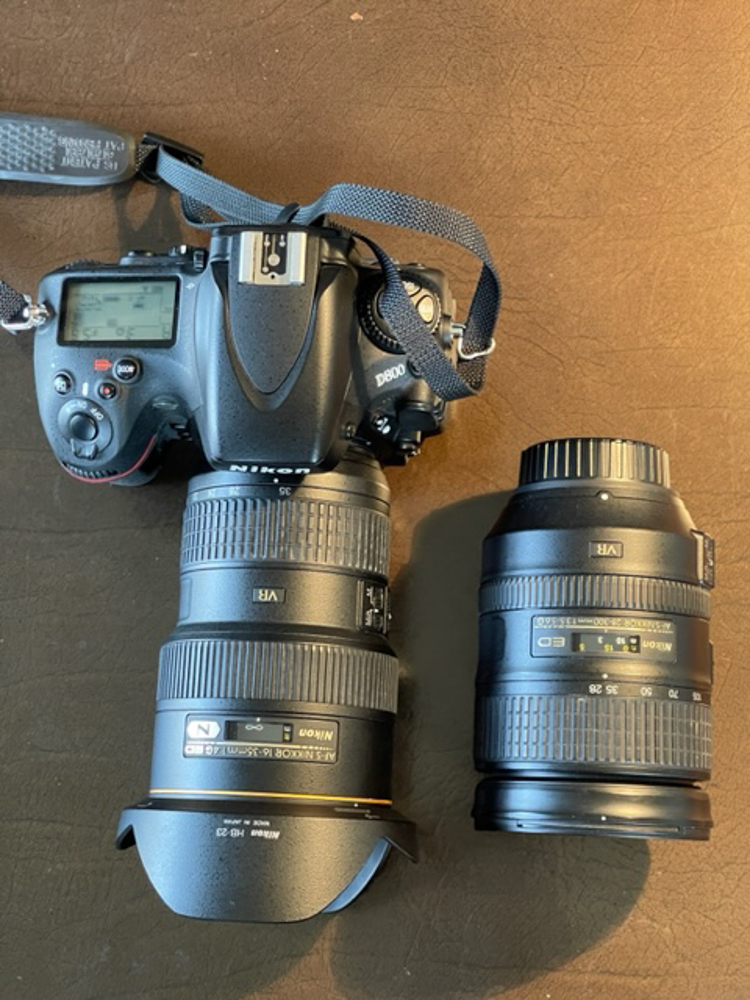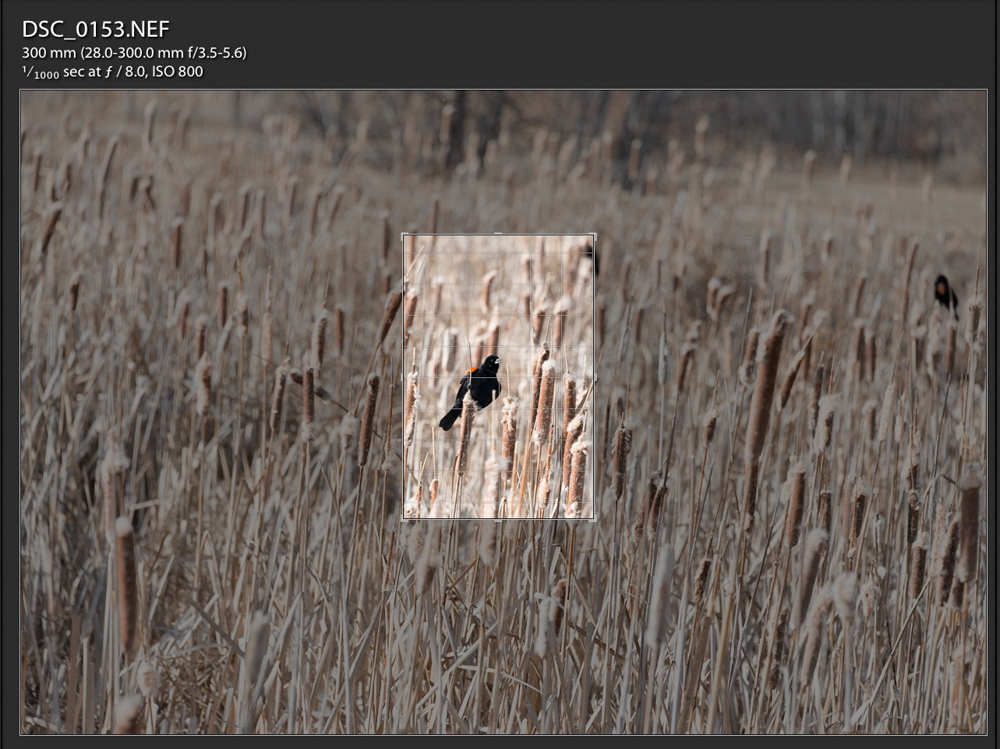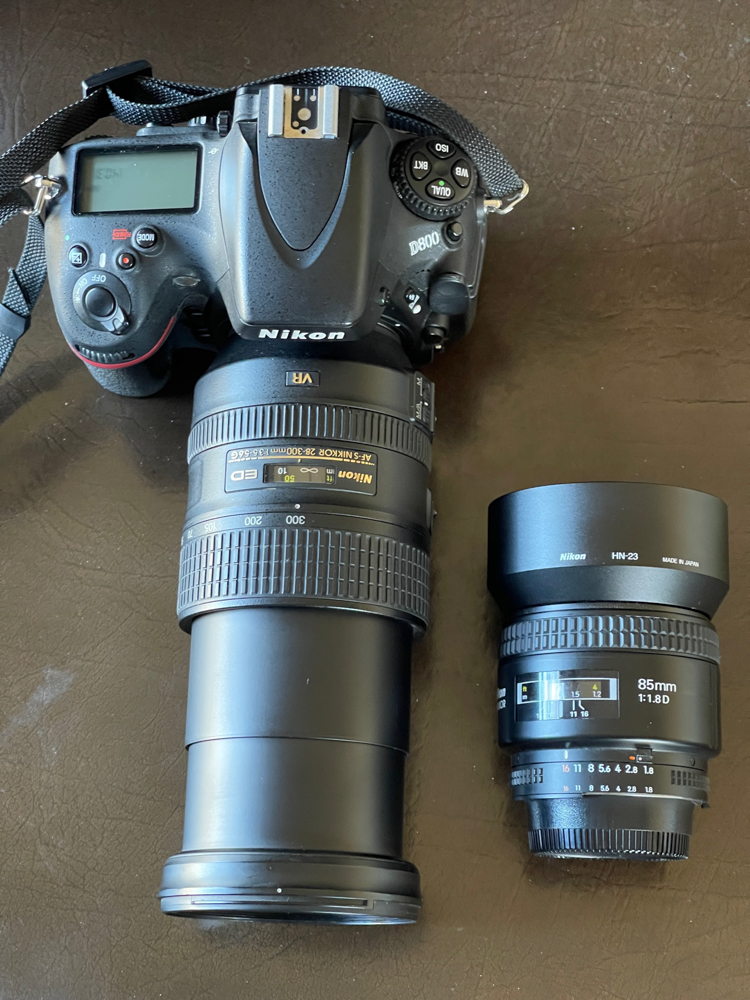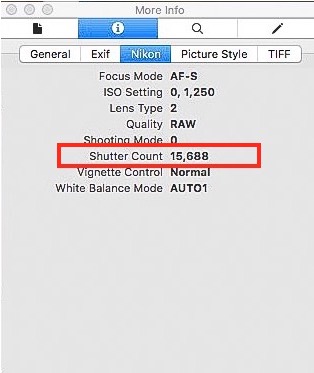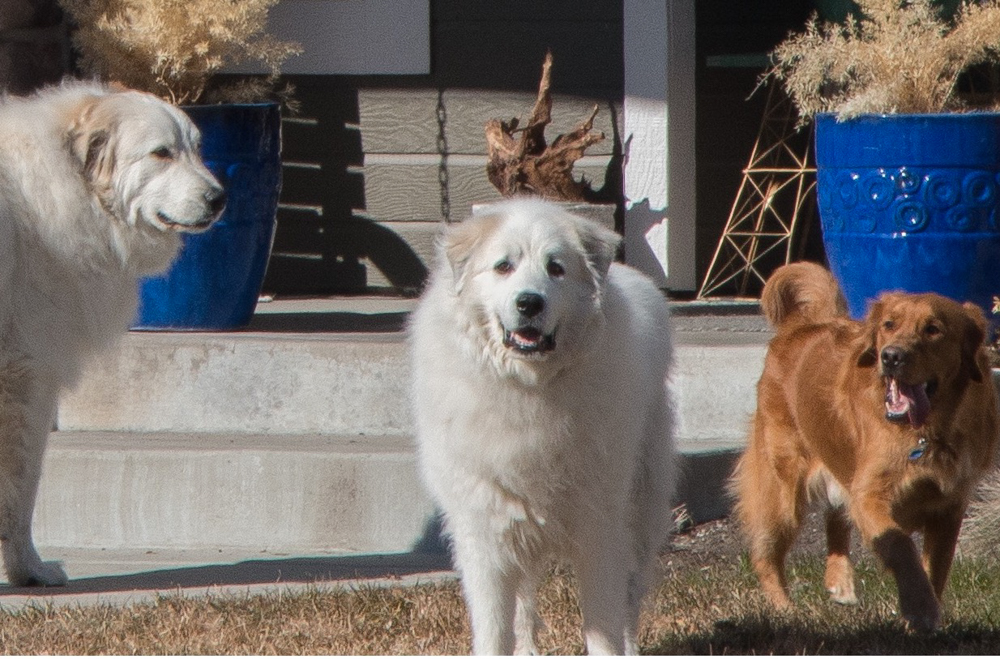There is no better bargain.
I have been taking studio pictures with my Novatron strobe outfit for almost three decades now with the cameras ranging from rangefinder Leicas, through Rollieflexes, and Canon and Nikon DSLRs. Autofocus in the DSLRs instantly obsoleted the film equipment which was sold. Maybe the lenses were better, but nailing focus every time beats optical quality in my book.
My Nikon DSLR journey started with a D700, then the D3x, the APS-C D2x, and finally the D800. The latter was introduced by Nikon in 2012 for $3,000 and I paid just $525 a few months ago for mine with 16k clicks. Clicks are not that important for a body designed to deliver 200,000 of them, but a USA legal import is. Nikon USA will refuse to service grey market imports. Check the serial number and look for the ‘Nikon USA’ sticker inside the battery compartment.
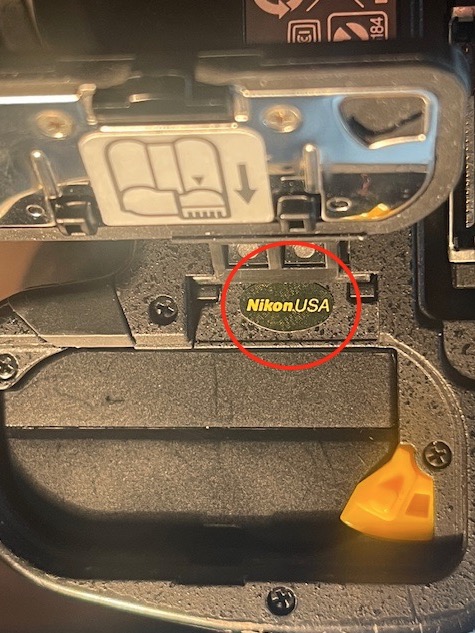
The all important sticker.
Suffice it to say that, with the introduction of mirrorless bodies and new lenses to fit, Nikon has comprehensively trashed the used value of every DSLR they ever made and most of the lenses which fit it.
Yes, the D750 and D780 and D810 and D850 have better low light sensors but that is of no use in the studio environment. With powerful strobes I’m mostly using ISO 200 or less.
Two things stand out in my D800 experience in the studio. Even in the low ambient light that I use with weak modeling lamps in the strobes, focus is nailed every time and as for absence of sensor noise it is simply extraordinary. Definition is like nothing I’ve ever seen and while I am strictly an SOOC guy, knowing that I can crop when needed is comforting.
Maybe a Phase One or a digital Hasselblad with a large medium format sensor will render more detail for the mega buck cost of entry, but as I have no interest in making billboard-sized enlargements, call me a happy camper. And keeping the additional $12,000 in my pocketbook is a benefit not lost on me.
Do I have a complaint? Of course. Just take a look what this little outfit weighs with the 28-300mm AFS zoom and loaded battery grip:
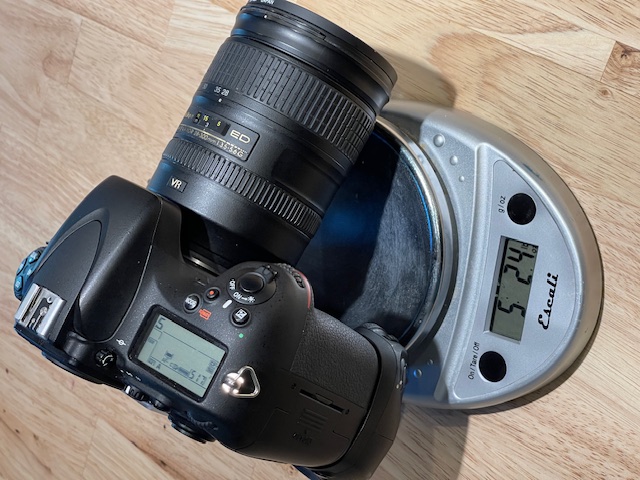
A waistline comparable with that of most Americans.
Can you spell ‘obese’?
I extolled the D800’s many virtues, weight aside, here, but as ever pictures speak louder than words. Here is Dutch, a gorgeous Hungarian Vizsla, in a recent studio session, SOOC naturally:
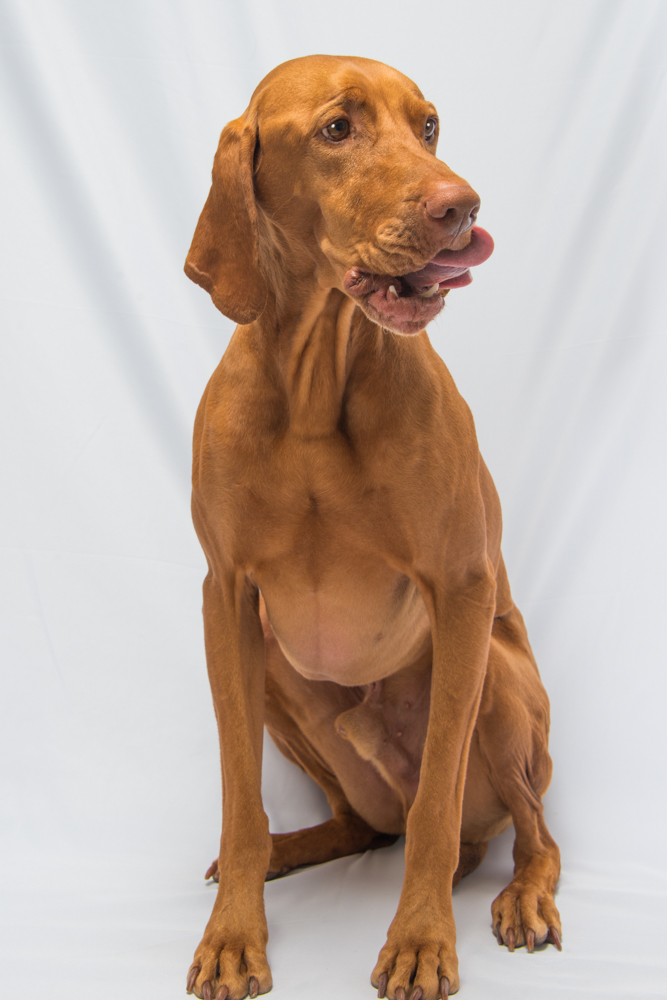
A beautiful hunting dog, descended from Hungarian royalty.
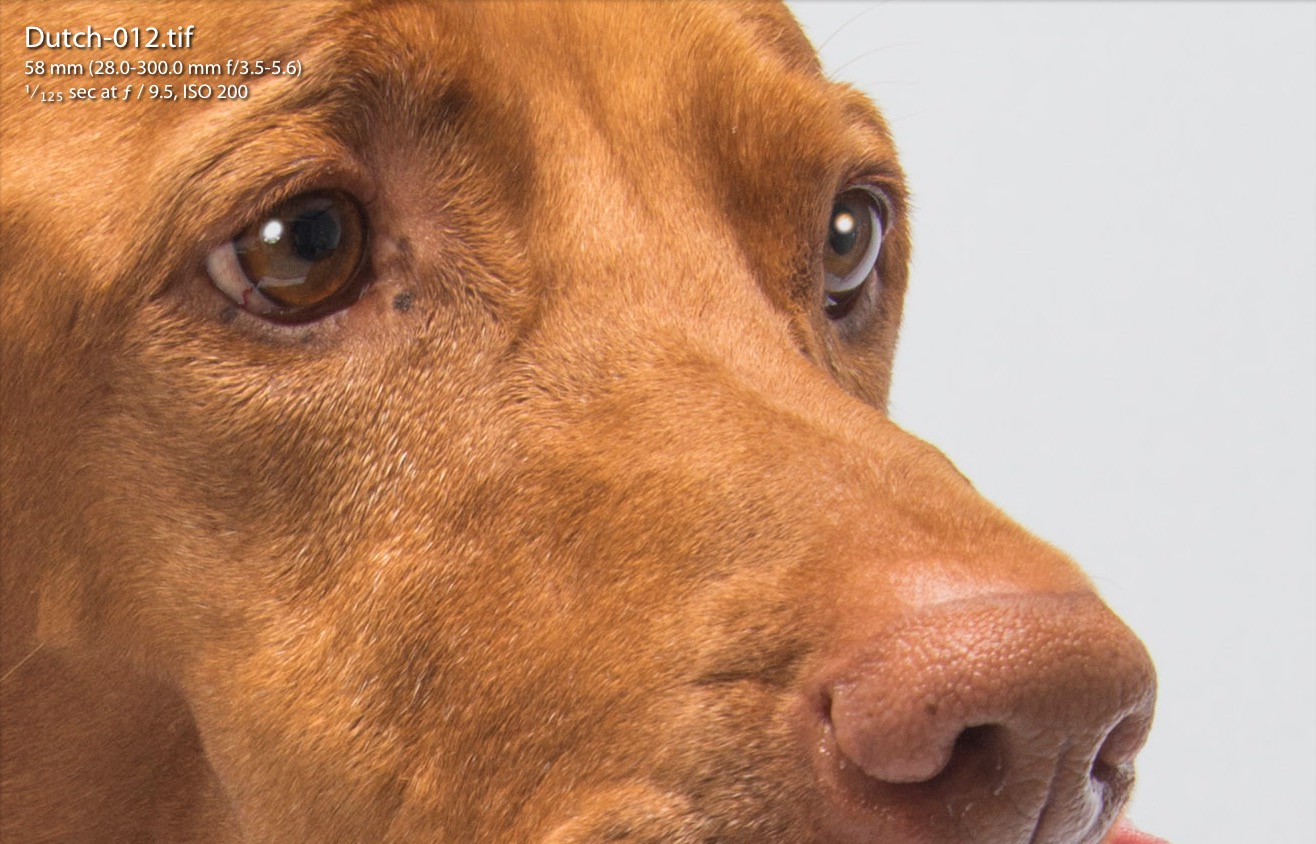
Sharp enough for you?
One final advantage. Even my ancient, non-subscription Lightroom v 6.4 from 2015, bought and paid for just once, happily processes D800 RAW files. Try that with your latest and greatest Nikon body, or pay the nasty people at Adobe a monthly fee of $20 in perpetuity – and good luck getting off that treadmill. It’s not for nothing that the US DoJ just sued them for shady subscription practices.
